Optimal Timing for Storm Restorations
Storm restorations are most effective when performed promptly after storm events to minimize damage and prevent further deterioration. The optimal time for repairs depends on weather patterns, with late summer and early fall often being ideal in regions prone to hurricanes and severe storms. Conducting restorations during dry, stable weather conditions ensures better safety and quality of work.
Late summer and early fall typically see increased storm activity, making it the prime period for storm restorations.
Performing restorations during dry weather reduces delays and ensures safety and durability of repairs.
Regions experiencing frequent storms should prioritize repairs immediately after storms to prevent secondary damages.
Scheduling restorations before storm seasons can help in readiness and reduce emergency repair costs.

Ways to make Storm Restorations work in tight or awkward layouts.
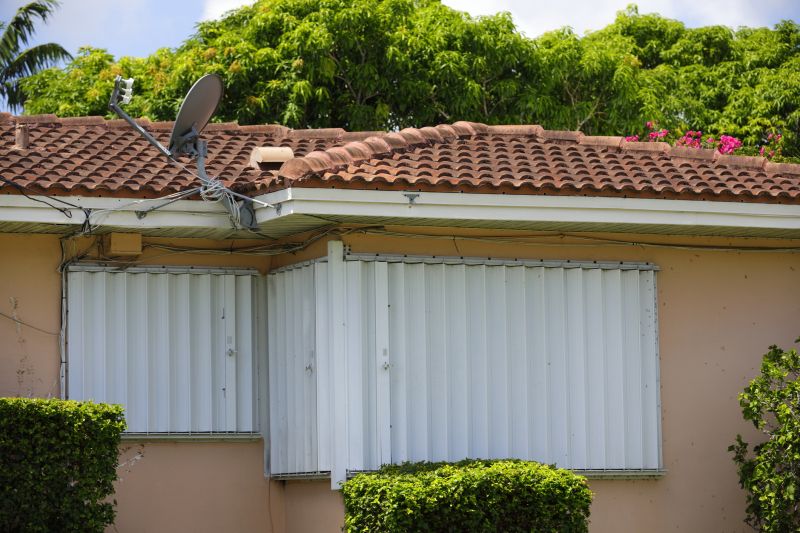
Popular materials for Storm Restorations and why they hold up over time.
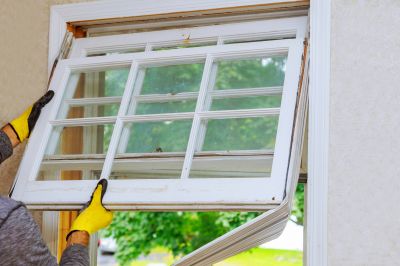
Simple add-ons that improve Storm Restorations without blowing the budget.
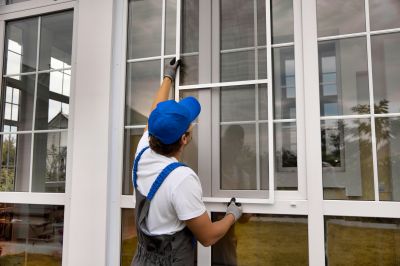
High-end options that actually feel worth it for Storm Restorations.
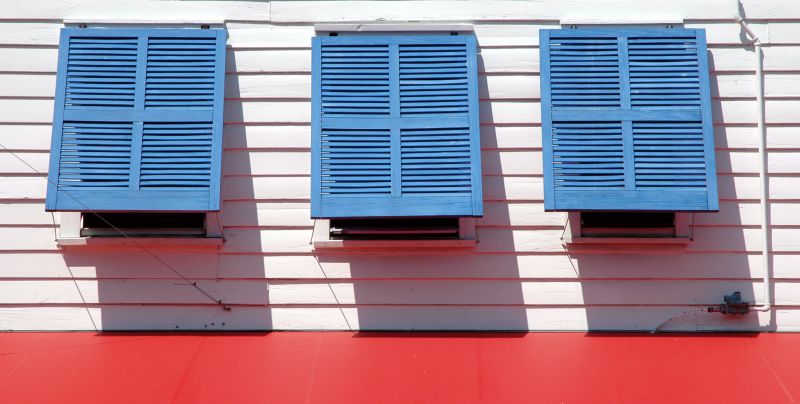
Finishes and colors that play nicely with Storm Restorations.
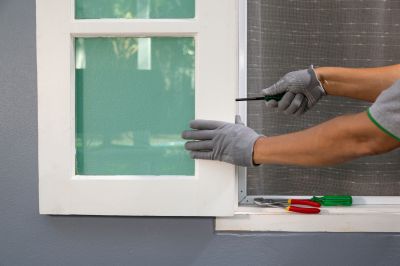
Little measurements that prevent headaches on Storm Restorations day.
Storm restorations involve repairing and restoring properties damaged by severe weather events such as hurricanes, tornadoes, and heavy storms. These repairs can include roof replacements, siding repairs, window replacements, and structural reinforcements. Quick response to storm damage can prevent secondary issues like water intrusion, mold growth, and structural weakening. Properly timed restorations can also reduce long-term costs and improve the safety of the property.
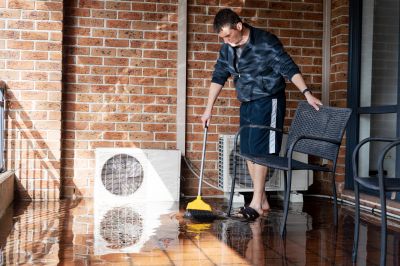
A 60-second routine that keeps Storm Restorations looking new.
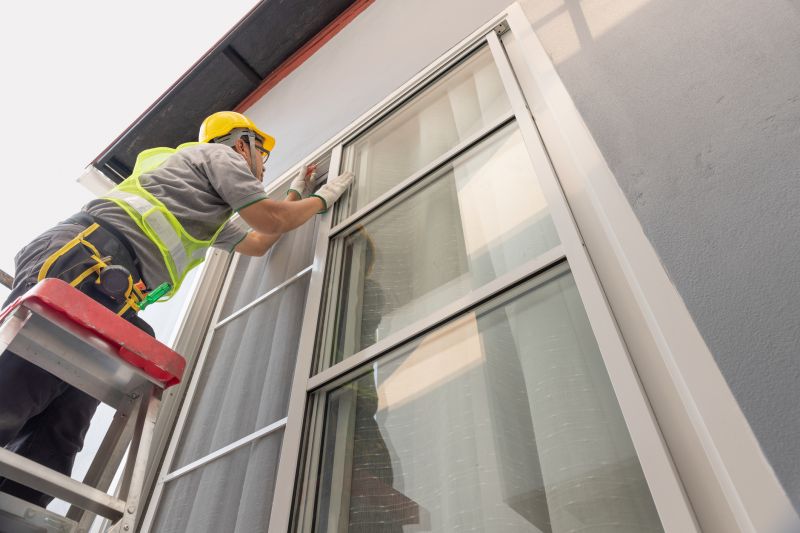
A frequent mistake in Storm Restorations and how to dodge it.

Small tweaks to make Storm Restorations safer and easier to use.

Lower-waste or water-saving choices for Storm Restorations.
| Aspect | Details |
|---|---|
| Best Storm Season | Late summer to early fall |
| Weather Conditions | Dry and stable weather preferred |
| Damage Severity | Immediate repairs recommended for severe damage |
| Regional Storm Patterns | Varies by location, plan accordingly |
| Preparation Timing | Schedule before storm seasons for readiness |
| Impact of Delays | Increased costs and secondary damages |
| Optimal Repair Window | Within weeks after storm events |
| Long-term Benefits | Enhanced safety and reduced future repair costs |
